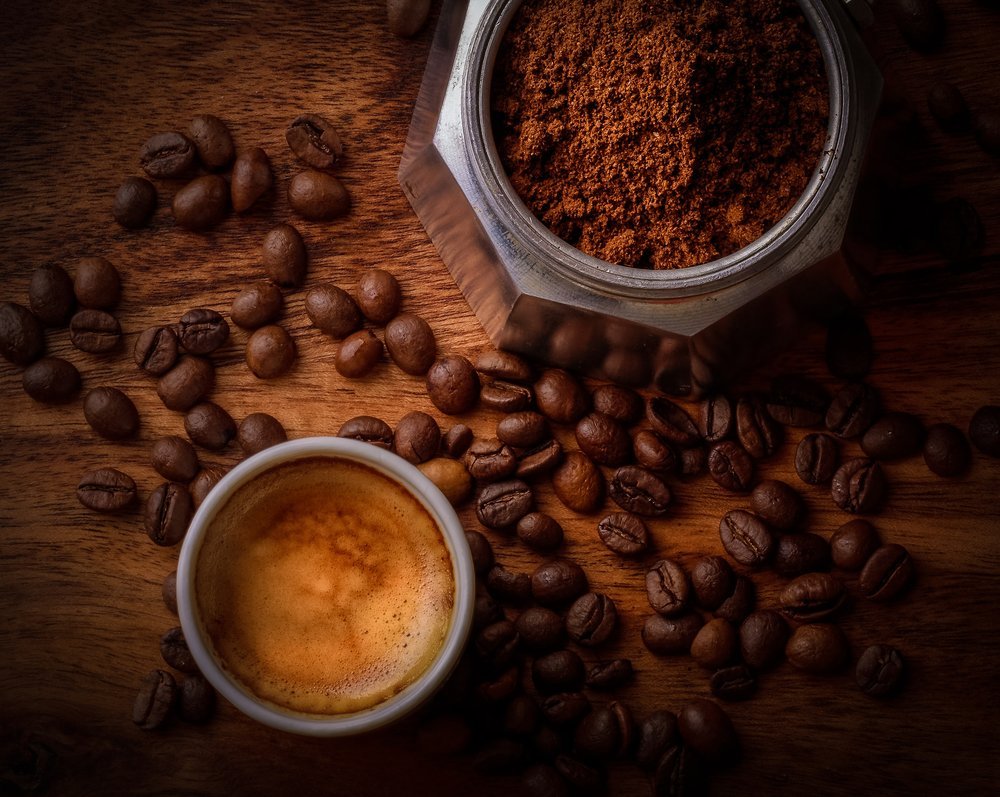It’s about the bean
As I write today’s update, there is snow on the ground from last weekend’s storm and I have a hot cup-a-Joe next to my right hand. Ah, the perfect pairing.
The rich aroma of my coffee makes me think of the importance of "bouquet" or "nose", and how the sense of smell is essential for picking up the nuanced aromas that make each coffee a unique pleasure.
In addition to kick-starting my day, coffee has long been a reference point for the aromas found in wine, and for good reason. This is because the aroma compounds found in coffee beans and wine are similar, and both can have notes of fruit, flowers, spices, and other complex scents.
Wine tasters have often used the term "bean" as shorthand for the aroma profile of a wine, with phrases like "hints of coffee bean" or "notes of roasted bean" to describe certain flavors and scents in a wine. It’s a succinct method for describing those specific characteristics to other tasters.
In addition to its role as an aroma reference point, the bean has also played a role in the historical development of wine appreciation. Coffee has long been a popular beverage in Europe. As they are today, during the 17th and 18th centuries coffee houses were places where people would gather to discuss ideas, share knowledge, and socialize. Many wine professionals of the time also frequented these coffee houses, sipping espressos in one-hand and discussing the finer points of a wine in the other. The caffeine in the coffee helped to cleanse their palates and keep their taste buds sharp. It's like a sommelier's secret weapon - forget the fancy decanters and crystal glasses, just give them a cup-a-Joe!
So, there you have it. The bean has been an important reference point for understanding the aromas and flavors of wine, and it’s played a historical role in the development of enology as a field of study. The next time you're savoring a glass of wine and someone mentions the bean, don't roll your eyes. It's an important part of the wine-tasting experience, and those wine nerds may actually know what they're talking about.
Cheers!
About the historical references:
There are several historical accounts and authors that mention the social and intellectual culture of coffee houses in 17th and 18th century Europe, where wine professionals would gather to share knowledge and taste wine. Some of these authors include:
Richard Steele and Joseph Addison: These two English essayists wrote for The Spectator, a popular literary magazine in the early 18th century. In their essays, they often described the coffee house as a hub of intellectual and social activity, where men of different professions would come to exchange ideas, debate issues, and share news. They also mentioned the popularity of wine tasting and appreciation among the coffee house culture.
Nicolas de Blegny: A French agronomist and winegrower who lived in the late 17th century, de Blegny wrote several treatises on viticulture and wine making. In his works, he discussed the importance of sensory evaluation and sensory training for wine tasting, and recommended using coffee beans as a palate cleanser between tastings.
Johann Joachim Becher: A German alchemist and polymath who lived in the late 17th and early 18th centuries, Becher was a frequent visitor to coffee houses in Vienna, where he would meet with other scholars and discuss a wide range of topics. He also wrote several works on chemistry and medicine, in which he mentioned the use of coffee for stimulating the senses and clearing the palate.

